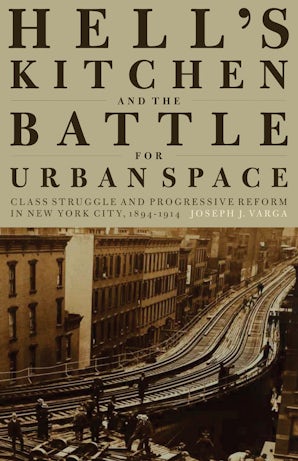Also in this issue
- Twenty-First-Century Land Grabs: Accumulation by Agricultural Dispossession
- Britain's Noxious History of Imperial Warfare
- Cambodian Political History: The Case of Pen Sovann
- It's the System Stupid: Structural Crises and the Need for Alternatives to Capitalism
- Zionism, Imperialism, and Socialism
- Radical Internationalist Woman
Books by Joseph J. Varga
Hell's Kitchen and the Battle for Urban Space
by Joseph J. Varga


